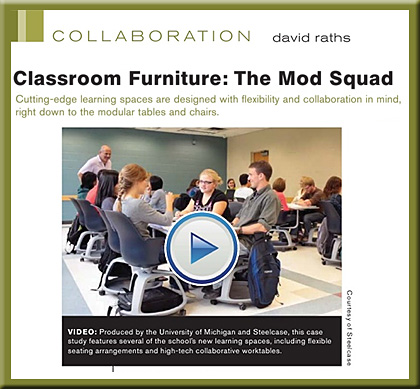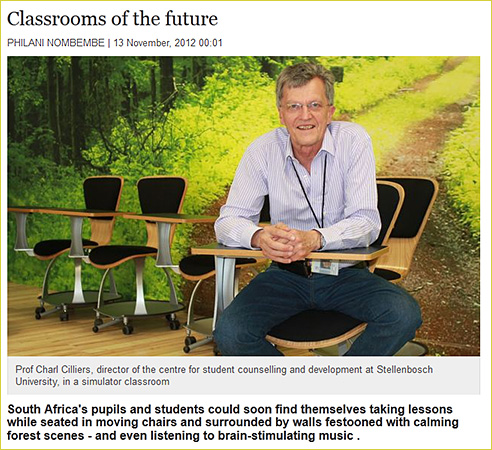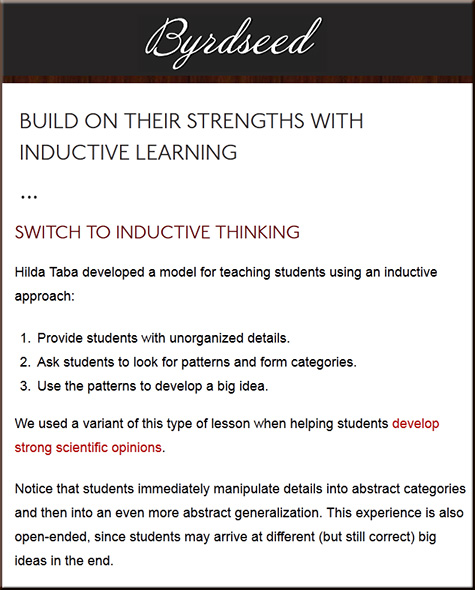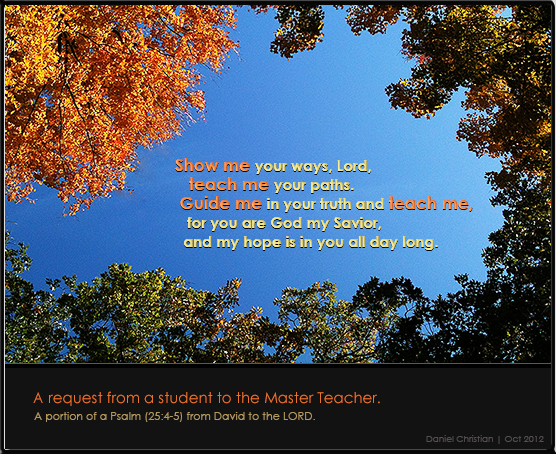Online Learning: A Manifesto — from hybridpedagogy.com by Jesse Stommel
What we need is to ignore the hype and misrepresentations (on both sides of the debate) and gather together more people willing to carefully reflect on how, where, and why we learn online. There is no productive place in this conversation for exclusivity or anti-intellectualism. Those of us talking about digital pedagogy and digital humanities need to be engaging thoughtfully in discussions about online learning and open education. Those of us in higher ed. need to be engaging thoughtfully with K-12 teachers and administrators. And it’s especially important that we open our discussions of the future of education to students, who should both participate in and help to build their own learning spaces. Pedagogy needs to be at the center of all these discussions.
…
I have no interest in debating the whether of online learning. That bird has most assuredly flown. What I’d like to do here is outline a pedagogy of online learning — not best practices, but points of departure to encourage a diversity of pedagogies.













